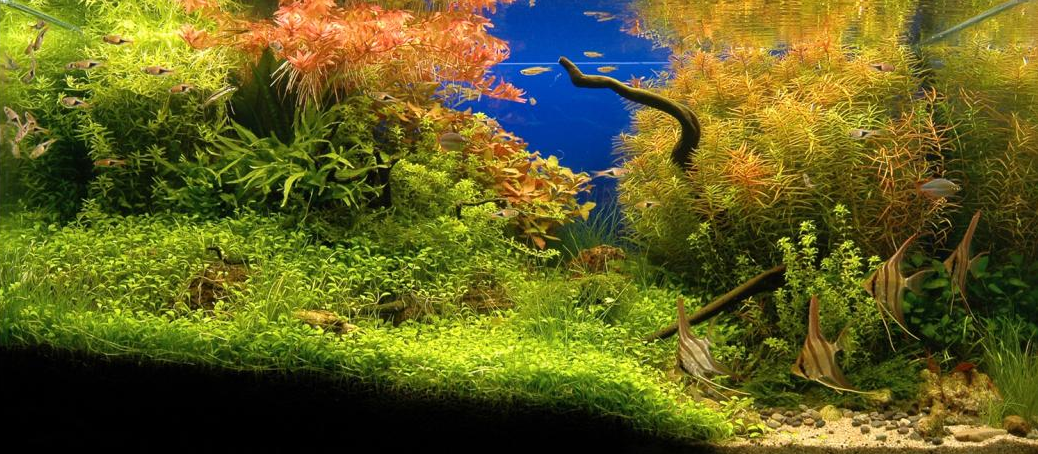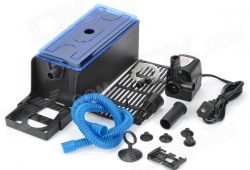How to Perform Routine Freshwater Aquarium Maintenance
The article gives a detailed analysis of How to Perform Routine Freshwater Aquarium Maintenance.
Contents
How to Schedule Daily and Weekly Tasks to Maintain Your Fish Tank
Just like keeping any pet, there are regular chores that must be performed in order to keep your aquarium water clean and disease-free. Careful observation of your fish behaviour is also important to treat diseases while in an early stage. Here is an example of an aquarium maintenance schedule.
Daily Fish Keeping Tasks
- Observe your fish to see if there are signs of illness or disease.
- Are fish picking on one particular fish? Usually the fish who is being victimized is sick.
- A sick fish will not be swimming normally or in its distinct pattern.
- Sudden shyness displayed by an outgoing fish can be another sign of disease.
- A sick fish usually doesn’t eat so observe your fish at feeding time.
- If there is only one sick fish, it should be put in a hospital tank for treatment. Other fish should be observed in order to see if the illness is contagious. In some cases, the entire tank must be treated.
- Remember not to over feed your fish. If you are feeding them the correct quantity, there should not be decayed food on the bottom of your aquarium.
- Check your equipment to see if all lights are working, the water temperature and the flow of your filter.
Bi-Weekly Fish Keeping Tasks
- Change 1/3 of your tank water. Some professionals say to change 1/4 to 1/3 of the tank water once or twice a week. Some species, like discus, may require a frequent change but most fish tanks are fine with a 1/3 water change every two weeks.
- Suction your substrate to remove any debris. This can be done with a gravel cleaning device or with a water filling/draining device attached to a faucet.
- Clean the glass inside your tank by using an aquarium scrubber and don’t forget to clean the outside glass and tank lid.
- Check food supplies and replenish if necessary.
- Rinse your filter and check air hoses if you use an air pump. Replace activated charcoal and aquarium floss (depending on the type of filter you use).
- Clip back your aquarium plants if needed.
Fish Keeping Tasks Every Three to Four Years
- Strip your tank but save at least 2/3 to 3/4 of the water for putting back into the tank and for housing fish during this process. It’s a good idea to have a 2nd tank ready for housing your fish.
- Clean the inside aquarium glass with salt and water.
- Replace the substrate (gravel) or rinse it thoroughly in salt water.
- Check the seams of the aquarium and apply silicone sealant in places where it seems to be deteriorating. Due to the required curing time for sealant, make sure your 2nd tank is adequate for housing your fish for a couple of days.
- Check the water temperature and PH balance before putting your fish back in the tank.
Additional Tank Cleaning Recommendations
- Do not use soap for cleaning your tank and equipment. Salt can be used because it is a mild abrasive and is easily rinsed, plus it won’t harm fish.
- Acrylic tanks scratch easily so make sure you use cleaning materials designed for these tanks.
- Let your heater cool down before removing it from the tank.
- For sponge filters, just rinse well with water. You need to leave some biological material.
- Never fill a tank with totally fresh water unless it is pre-conditioned. It’s best to mix it with at least half of the “old water” that is already conditioned




